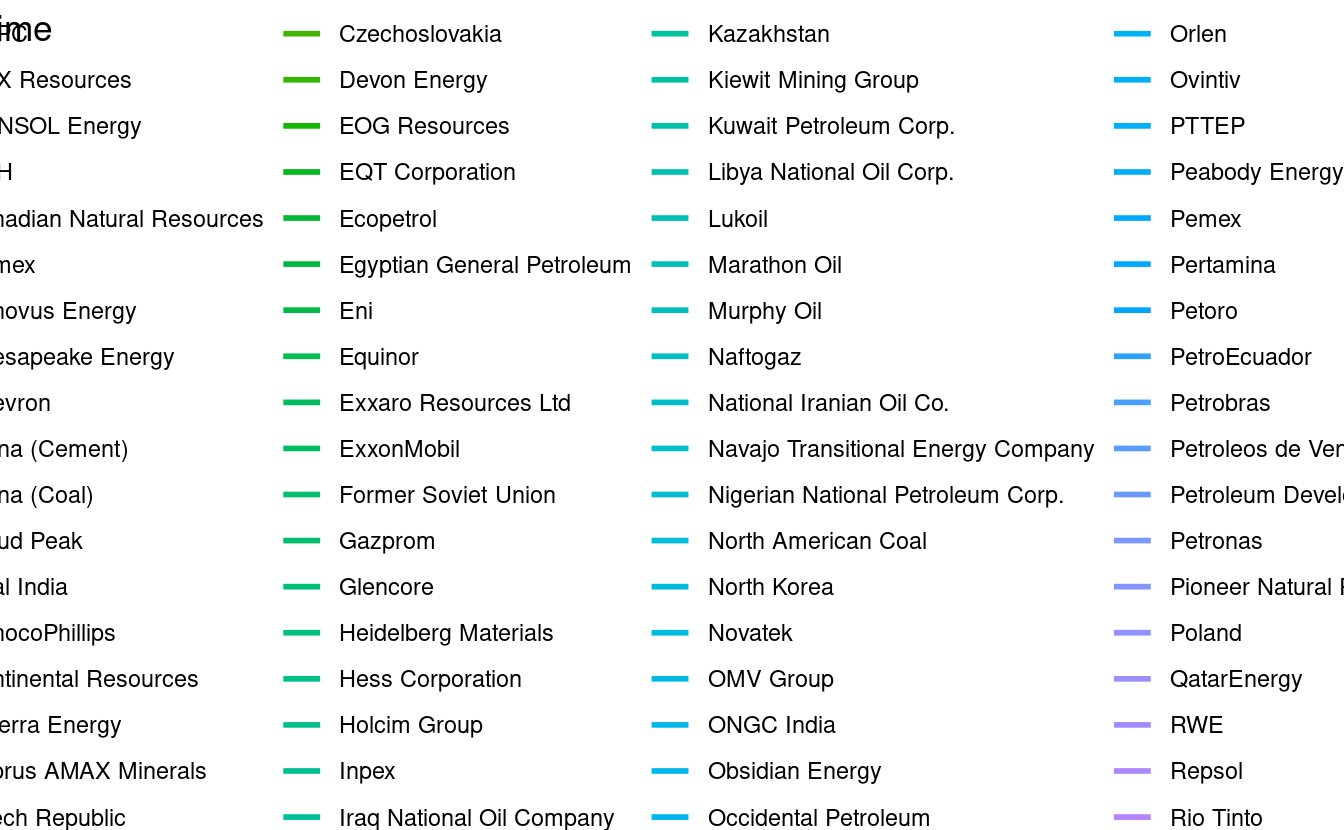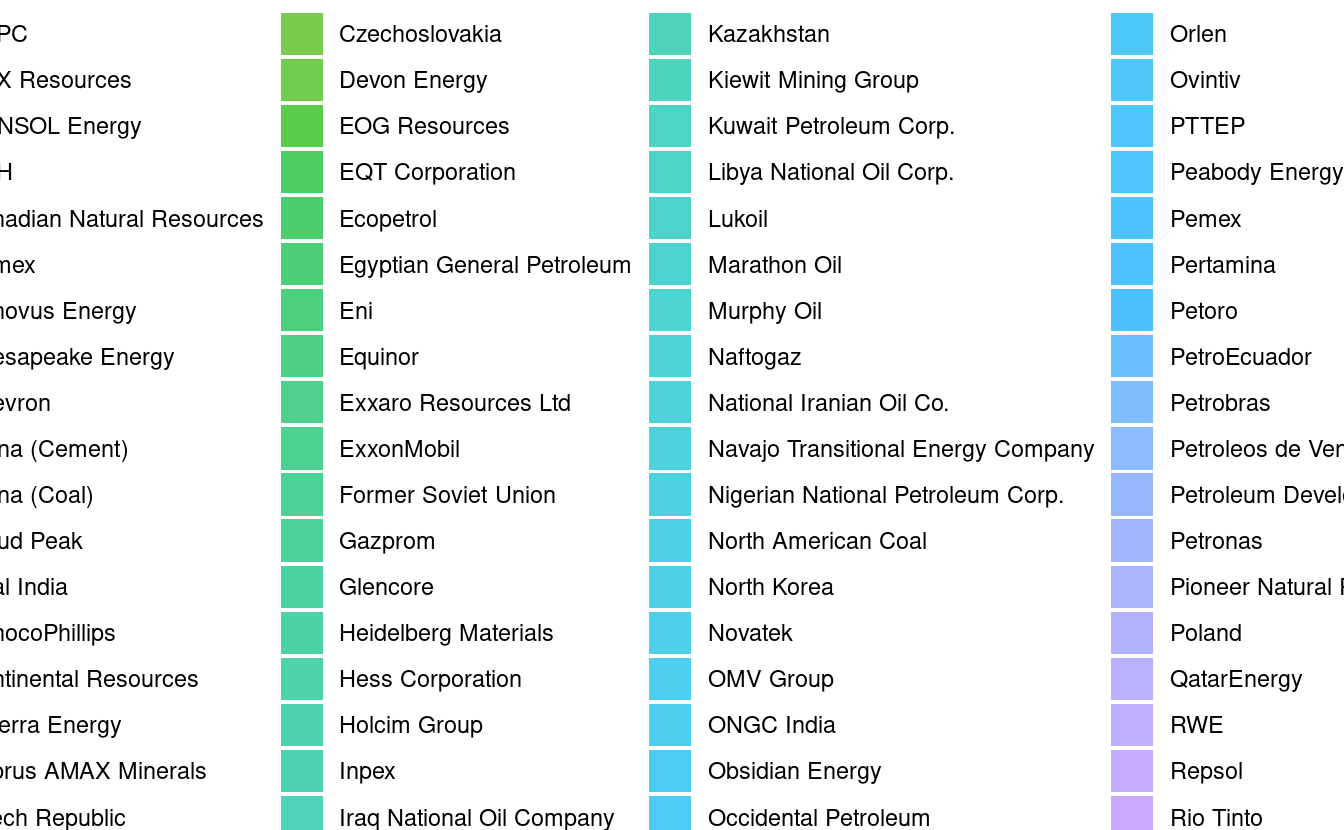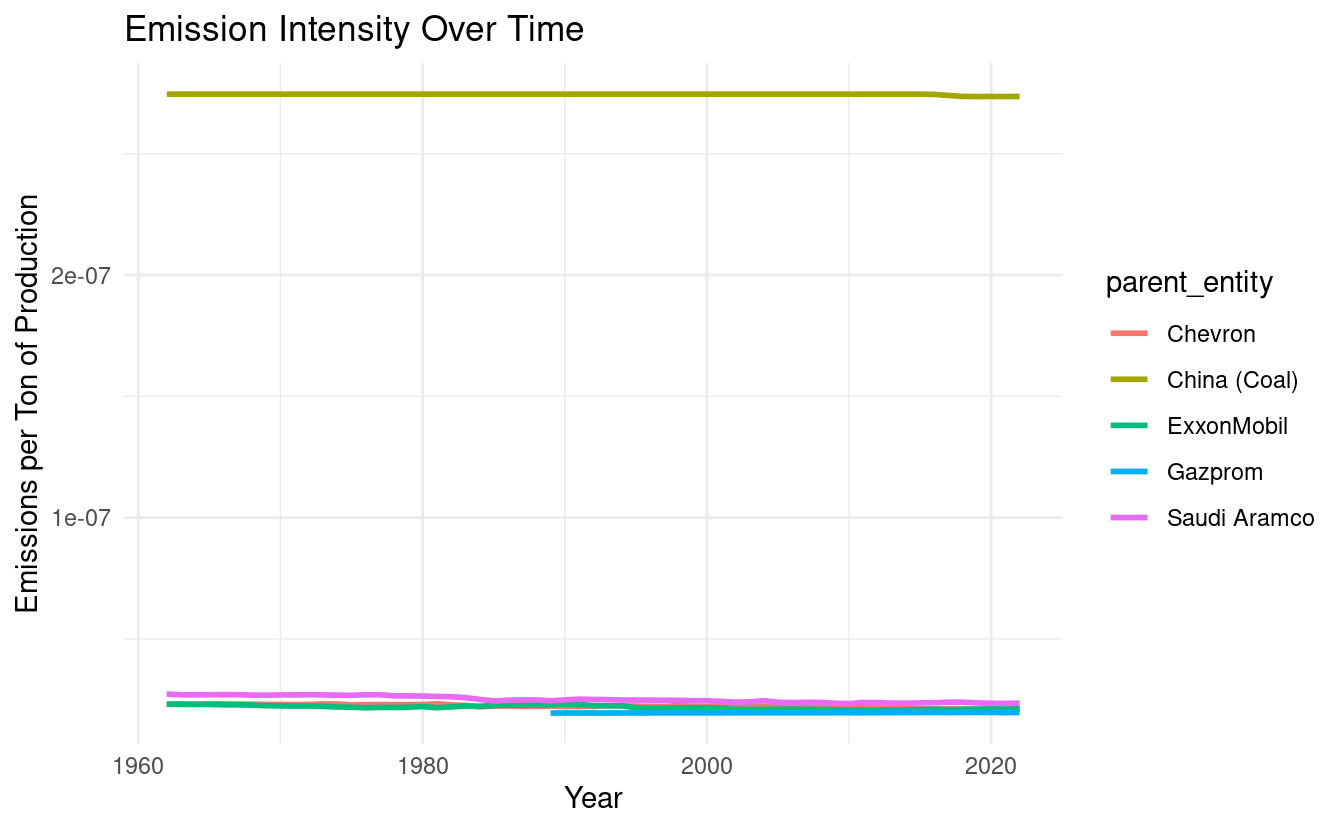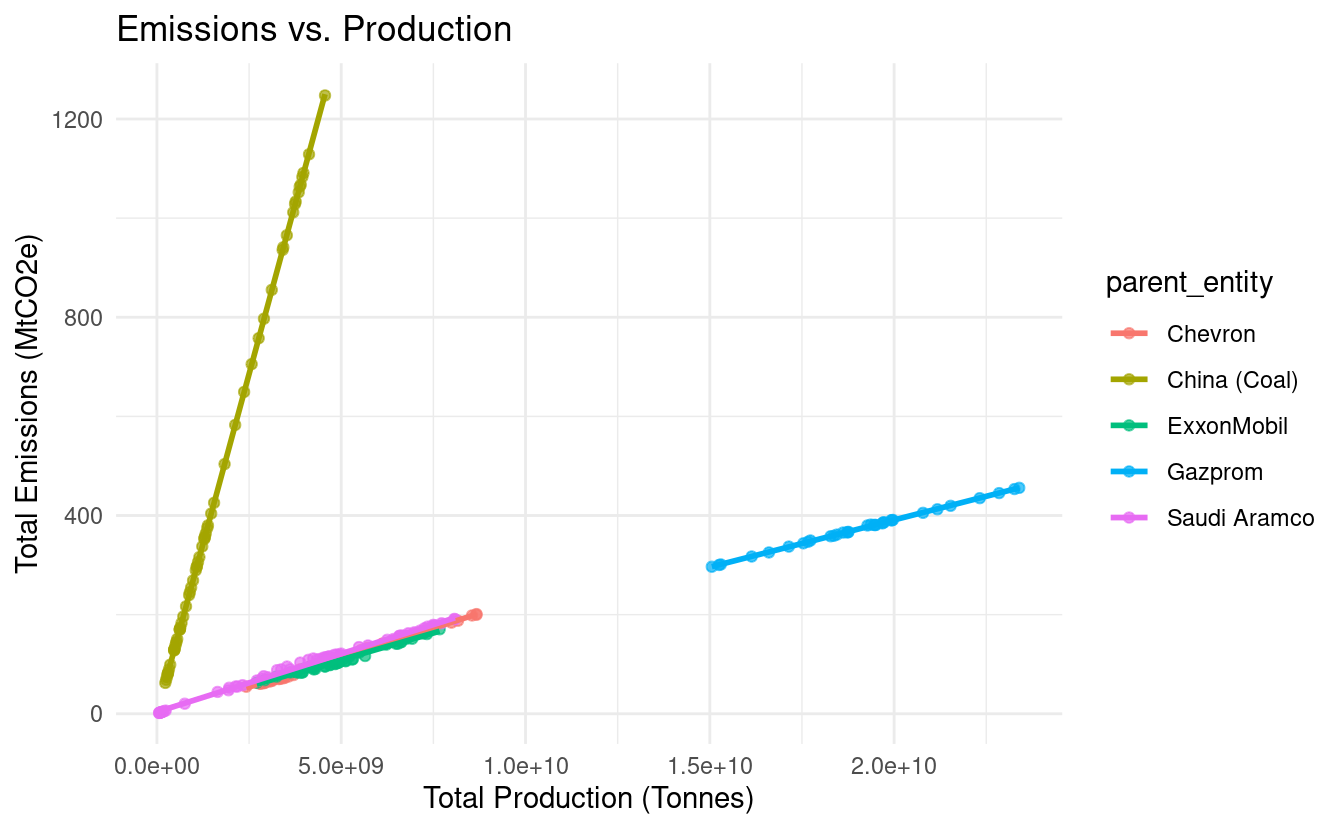The following package(s) will be installed:
- patchwork [1.3.0]
These packages will be installed into "~/proj-01-dank-stan/renv/library/linux-ubuntu-focal/R-4.4/x86_64-pc-linux-gnu".
# Installing packages --------------------------------------------------------
- Installing patchwork ... OK [linked from cache]
Successfully installed 1 package in 14 milliseconds.The following package(s) will be installed:
- ggtext [0.1.2]
These packages will be installed into "~/proj-01-dank-stan/renv/library/linux-ubuntu-focal/R-4.4/x86_64-pc-linux-gnu".
# Installing packages --------------------------------------------------------
- Installing ggtext ... OK [linked from cache]
Successfully installed 1 package in 12 milliseconds.


